With the unseasonably warm weather and the stay-at-home order it has been a very productive week here in the Vintage garden!
Most of the work I’ve been doing is the “heavy” labor required to prep borders for planting. This has involved resetting flagstones, chopping down a tree and a shrub and then digging the stumps out, and turning over the soil in the birdbath garden. I’ve got to tell you, while my back and knees have been complaining a bit, I have been sleeping like a log this week!
First up on the docket was putting the flagstone section at the base of the driveway garden back together. Back in February a contractor for the cable company tore up this section to run new cables. They did a crappy job putting the flagstone base back together, as you can see below.
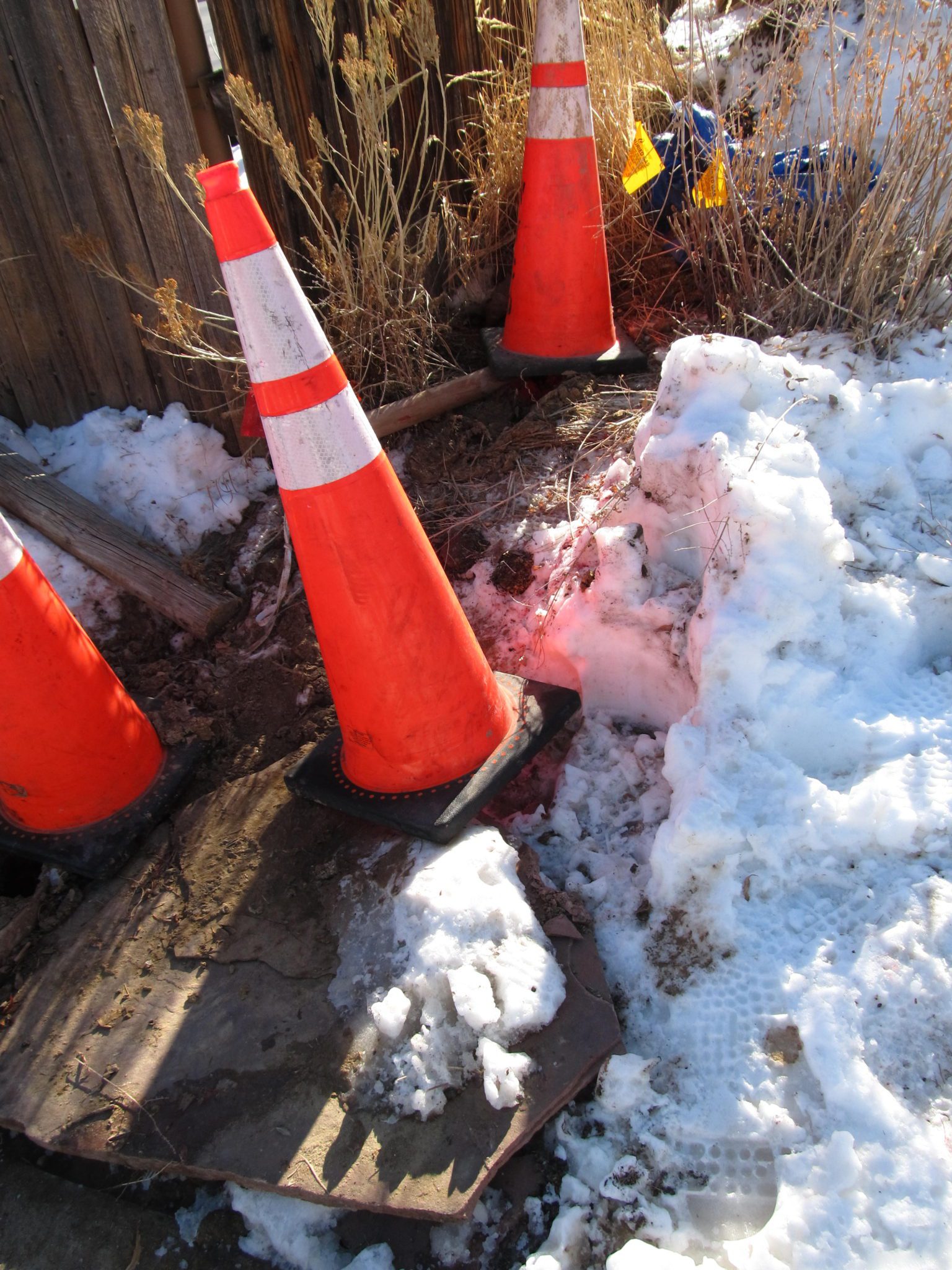
MrsVintage and I spent the better part of an afternoon putting the flagstone section back together. I’ll be honest, I’m only middling pleased with the result. It looks good, but it looked much better before it was torn up. The soil was so lumpy it was hard to get the stones to level out. Maybe someday I wil redo the section, but for now it is fine.
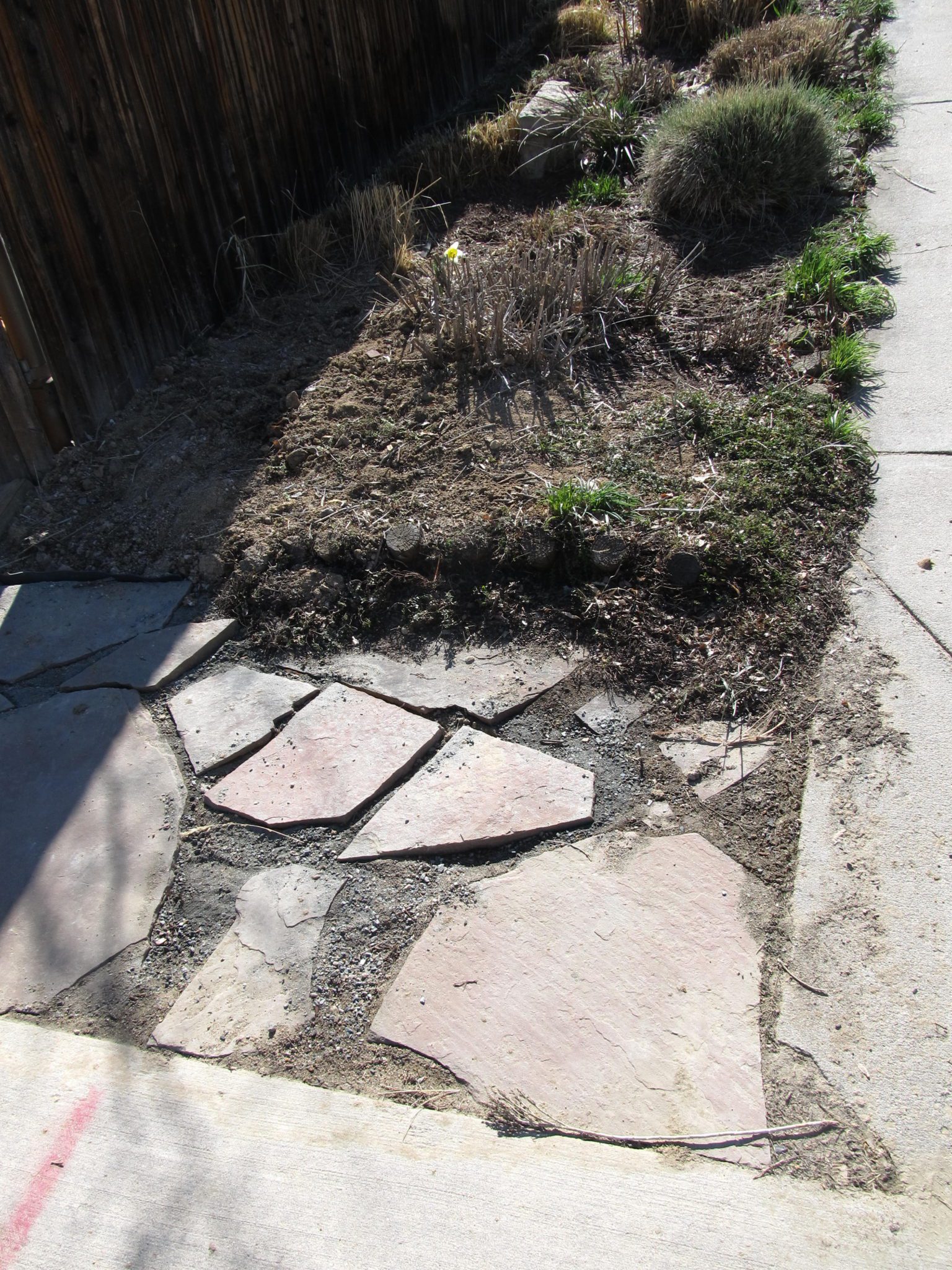
At the other end of the driveway border we have this mess:
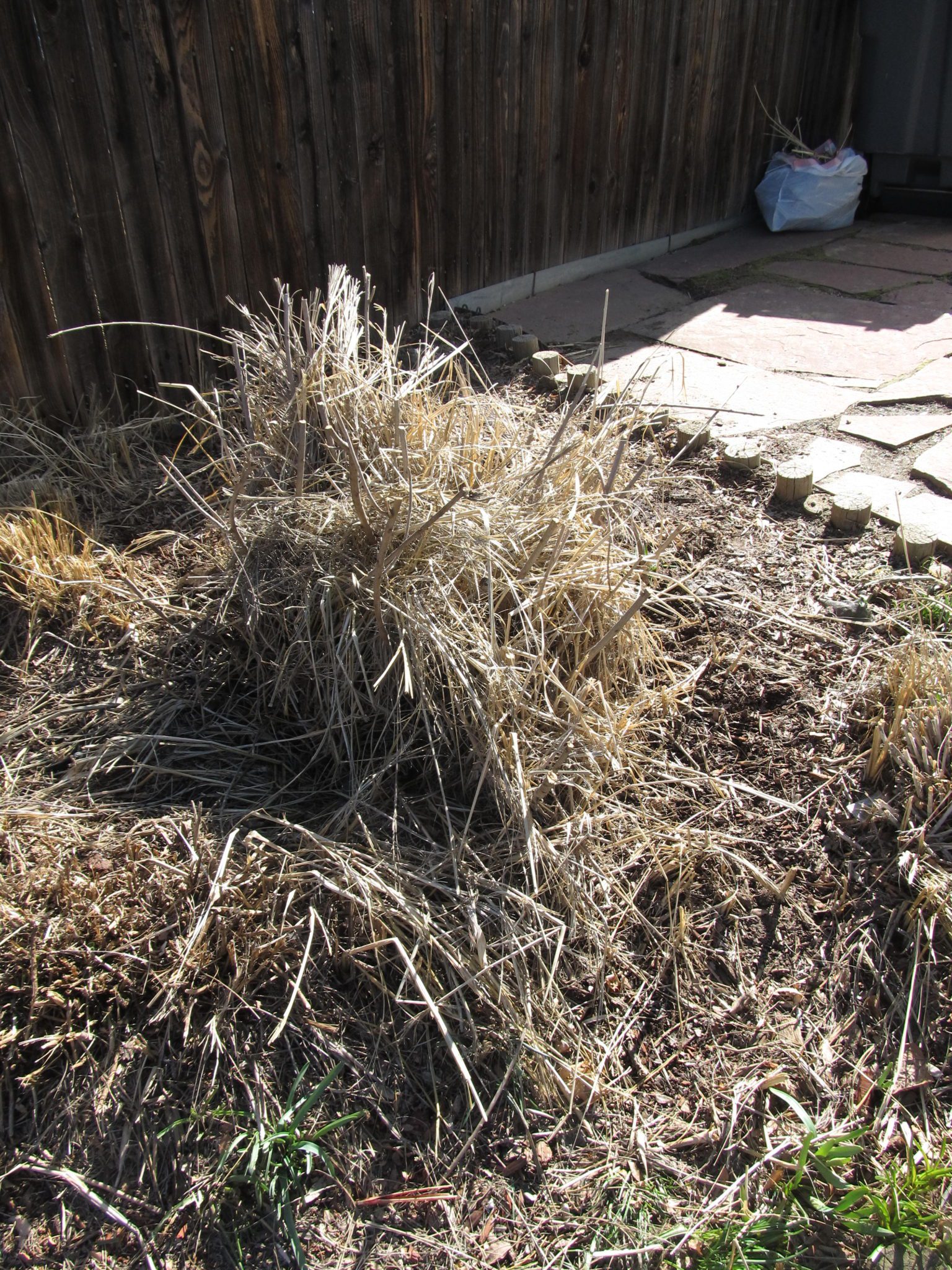
What you are looking at is a Leadplant shrub that is completely engulfed by ribbon grass. Leadplant is a very tough and drought tolerant shrub that puts on purple flowers in mid-summer, when not much else is in bloom. I was very fond of this shrub.
Unfortunately, ribbon grass is an even tougher plant. It is very aggressive and spreads prolifically. It’s a garden thug. I planted some years ago because I thought I could control it in this border. I quickly realized I was wrong and a few years later pulled it all out. Or at least I thought I pulled it all out. Unnoticed by me, it took root around the leadplant shrub. By the time I realized it was there, the damage was done
I have tried pulling it out, digging it out and even resorted to chemicals formulated specifically to kill grasses without hurting broadleaf plants. Nothing worked. Last week MrsVintage sat down with a weed digging tool to try her hand at removing the grass. She removed a whole trash bag of the stuff, and you couldn’t even tell the difference. She said she wasn’t able to get the roots out. So we made the decision to just pull the whole mess out and replant something else in the area.
To paraphrase the famous quote from the Vietnam War era: we had to kill the shrub to save the shrub.
I spent an afternoon digging, chopping, hacking and cutting to get the mess out of the ground. When I finally did, I discovered to my horror that the ribbon grass had grown THROUGH the landscape fabric! Not even bindweed will do that. Most weeds, including the hated bindweed, will look for holes or gaps in the fabric. Not this bastard; it just bulled its way through. No wonder why I couldn’t kill it.
I already have a plan for this area and I’ll post updates when I accomplish it. But in the meantime, I will keep a sharp eye out for any signs of the return of ribbon grass and ruthlessly destroy it immediately.
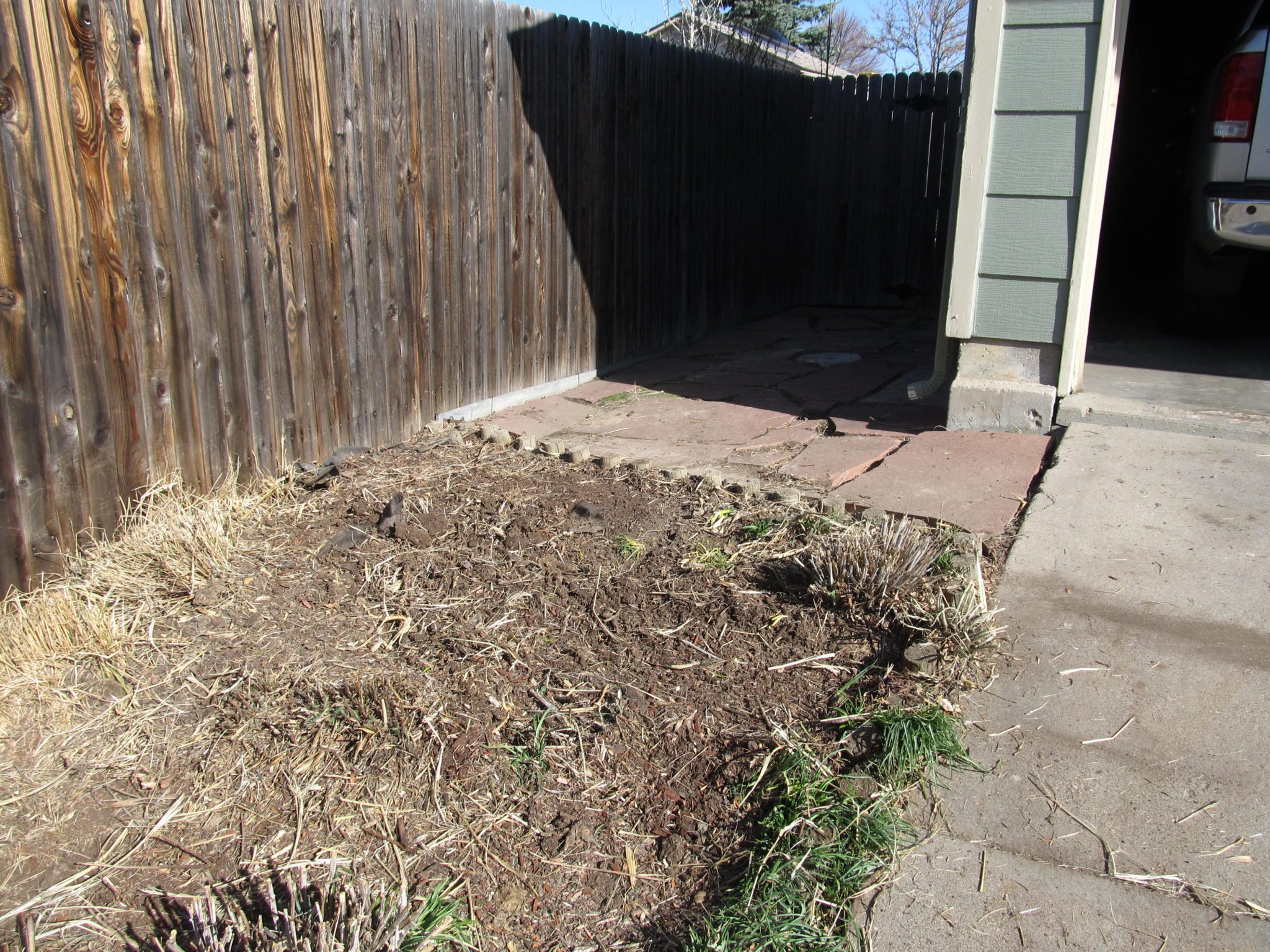
The next project on my list was to finish digging the stump out of the birdbath garden. When we left off in my last post, I had cut 0ff all of the branches and removed several feet of main trunk to make digging it out more manageable.
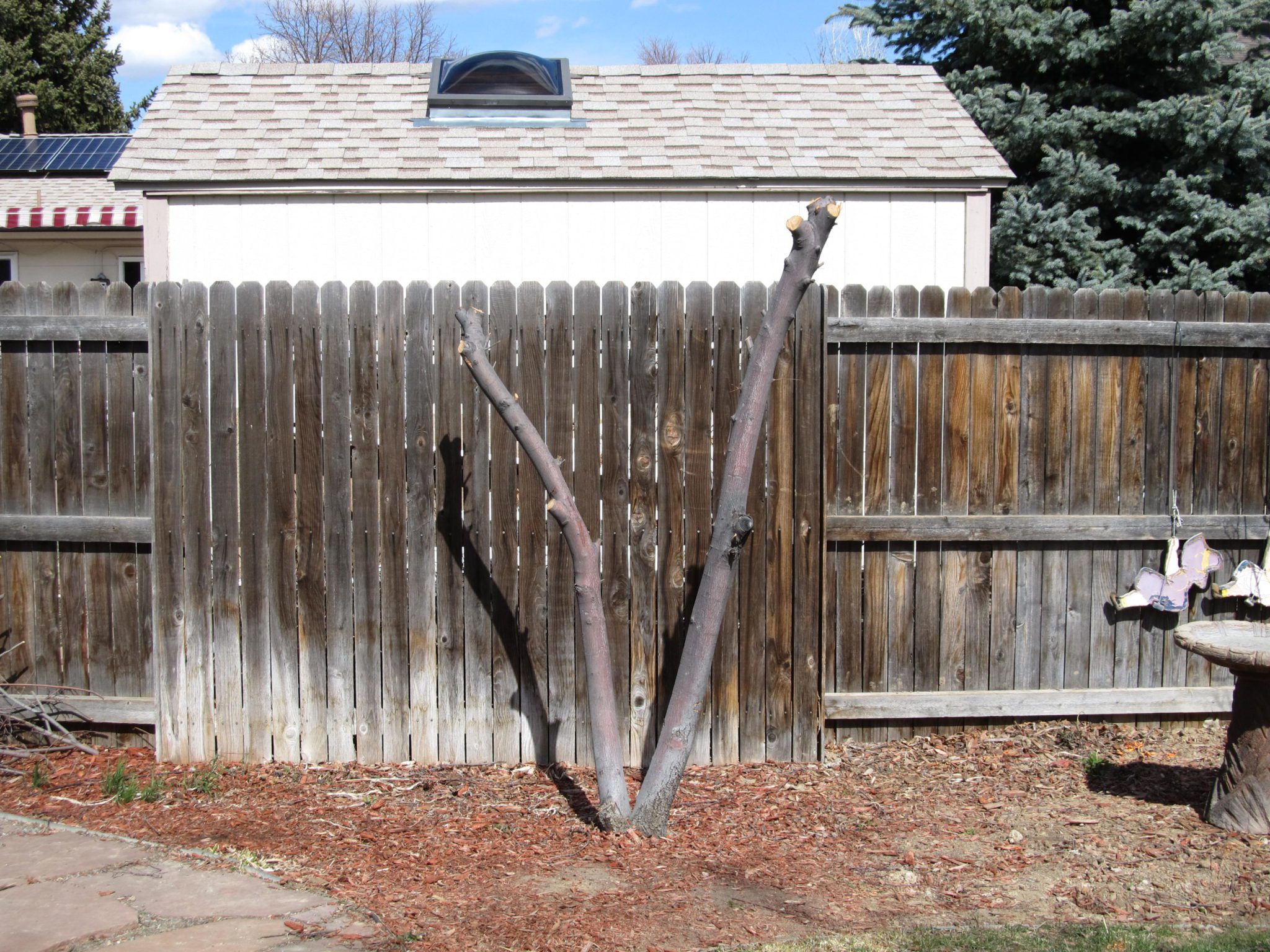
It took me two days to get this damn tree out, partly due to I’m not in the best of shape right now, but also because I’ve got a several decades under my belt. Over the years I’ve had to remove numerous trees and shrubs from the property, and in my younger days I would get them out in a few (albeit ball-busting) hours. But that was a long time ago. I’m finding that as I approach my 60th birthday that it takes me longer to get things done around the garden, and that it takes me longer to recover from the effort.
But by God, I got the damn thing out! So what that I spent several days walking like Quasimodo; I showed this stump who’s boss.

I thought that the roots were girdling the trunk, and that was the reason that the tree had been doing so poorly. But after pulling the stump out, I discovered that in actuality the roots were strangling other roots. You can see an example below:
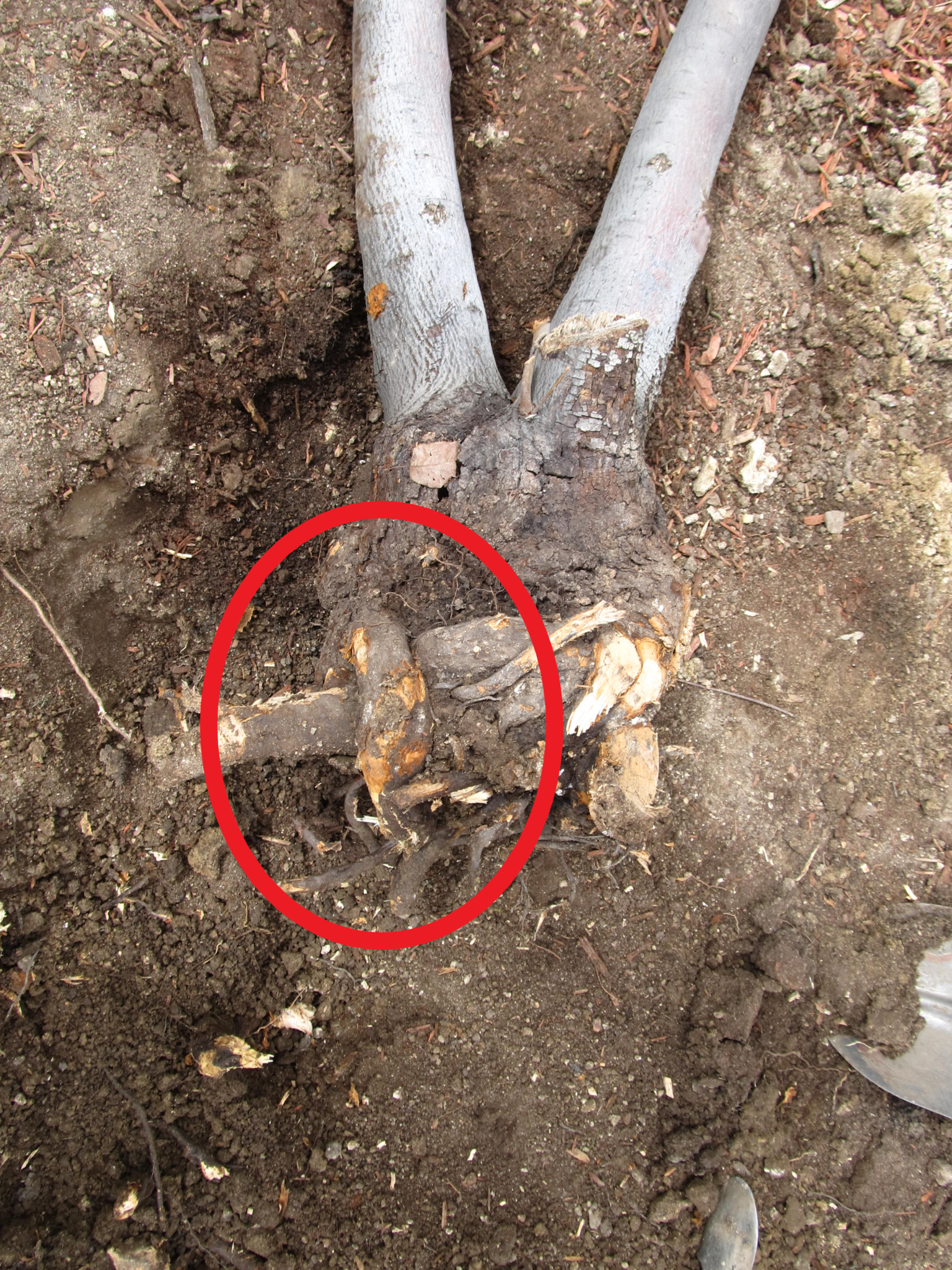
I’m no master gardener, so the following is just conjecture, but here could be several reasons why the roots did this.
Perhaps when I planted this tree I didn’t “tease” the roots out as thoroughly as I should have, and this led the roots to just keep growing in the direction they were already growing in the nursery pot.
Another possibility is the way I planted the tree. Years ago, the standard advice for planting trees was to dig a hole twice as wide as the tree root ball and put a lot of compost or other organic matter into the hole. Nowadays, they recommend NOT putting organic matter in the hole (but you can top-dress the area) because the roots will not want to leave the modified hole. I put a ton of organic matter in the planning hole; perhaps this led to the roots crowding and fighting each other to gain access to the best soil.
Maybe there was something in the soil that the tree just didn’t like.
Maybe is was a combination of these; or perhaps it was something I just don’t know about. I guess the point is moot now.
Below you can see some of the damage the root strangulation caused. This serviceberry was a multi-trunk tree, and the crack you see here formed at the base of two of the trunks. This most likely led to disease and pest problems, and that was slowly killing the rest of the tree.
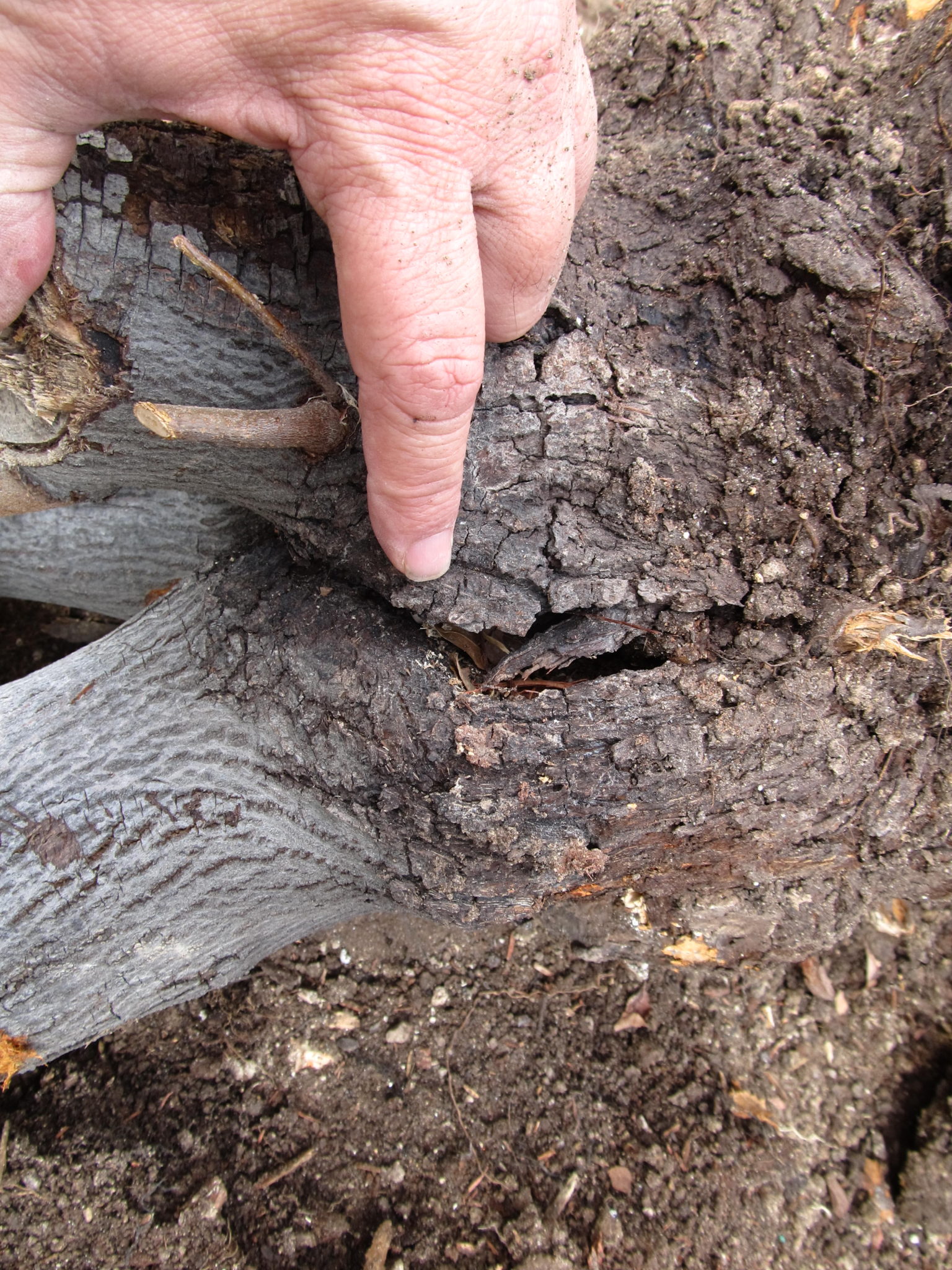
Anyway, once I got the stump out I turned the soil in the border over and added a butt-load of compost to the entire area. I also threw in some natural fertilizer specific for flowering plants. In addition to the nutrients, this fertilizer includes mycorrhiza fungi. Mycorrhiza forms a symbiotic relationship with plants that helps the plants draw nutrients from the soil. Hopefully this will help the new plants settle in and thrive.
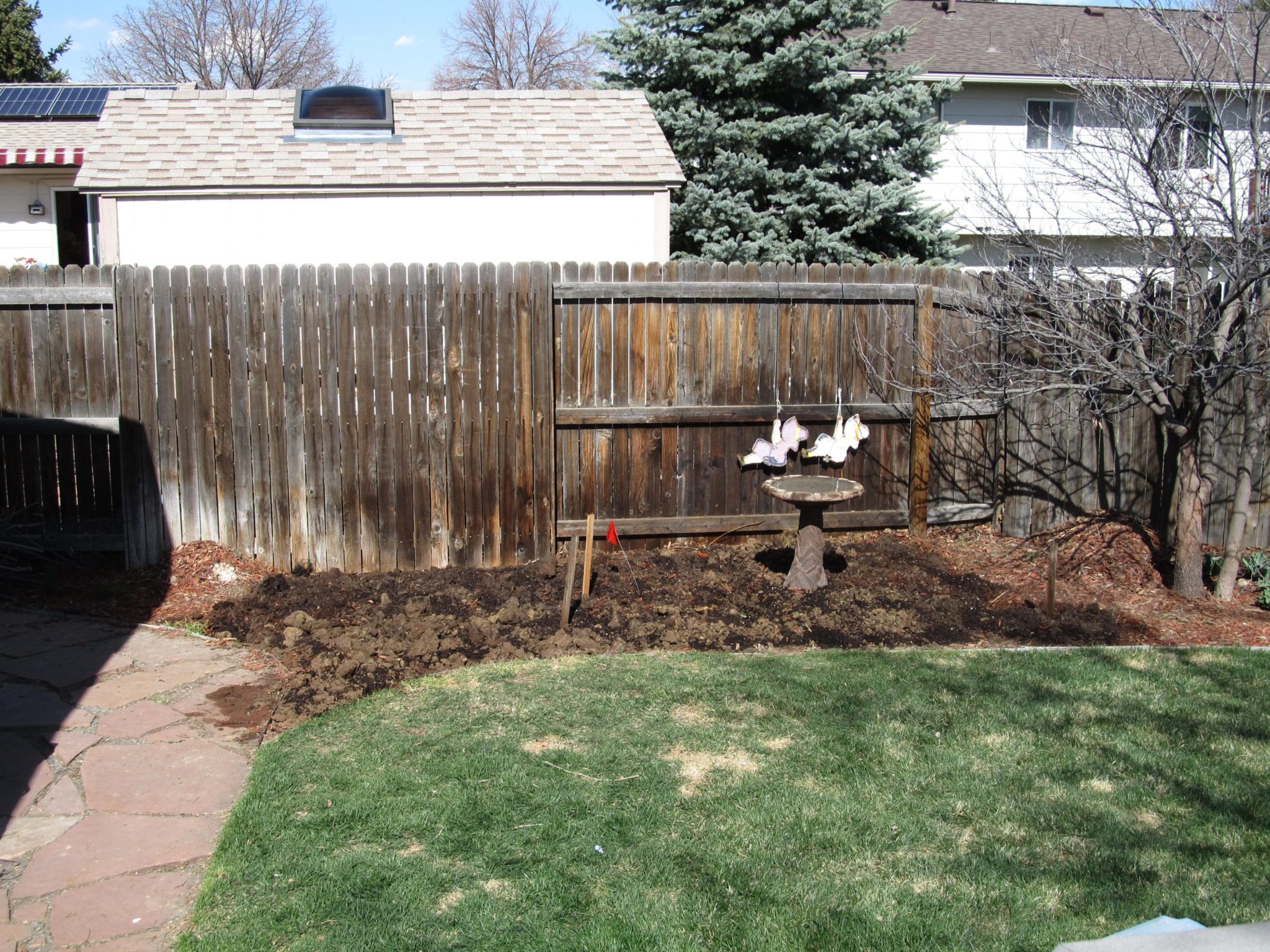
Elsewhere in the garden, I performed some light maintenance tasks. I pruned back some branches on the redbud tree. Nothing major, just enough to fix some potential problems and thin out some branches in the middle to allow better air circulation and access to sunlight. After the tree finishes blooming in about a month or so, I’m going to perform a little more invasive surgery and remove some of the branches that smack me in the face every time I mow the lawn.
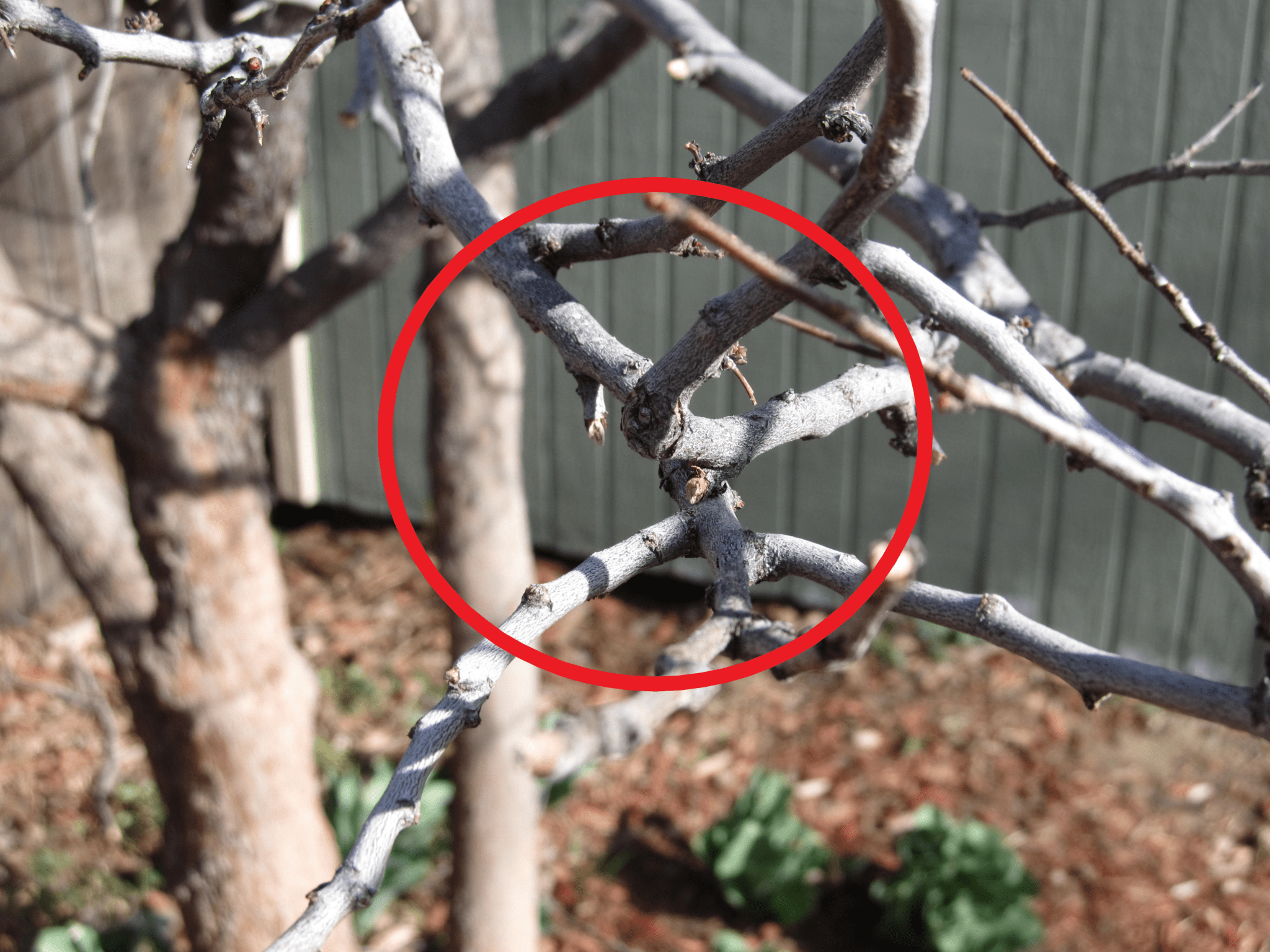
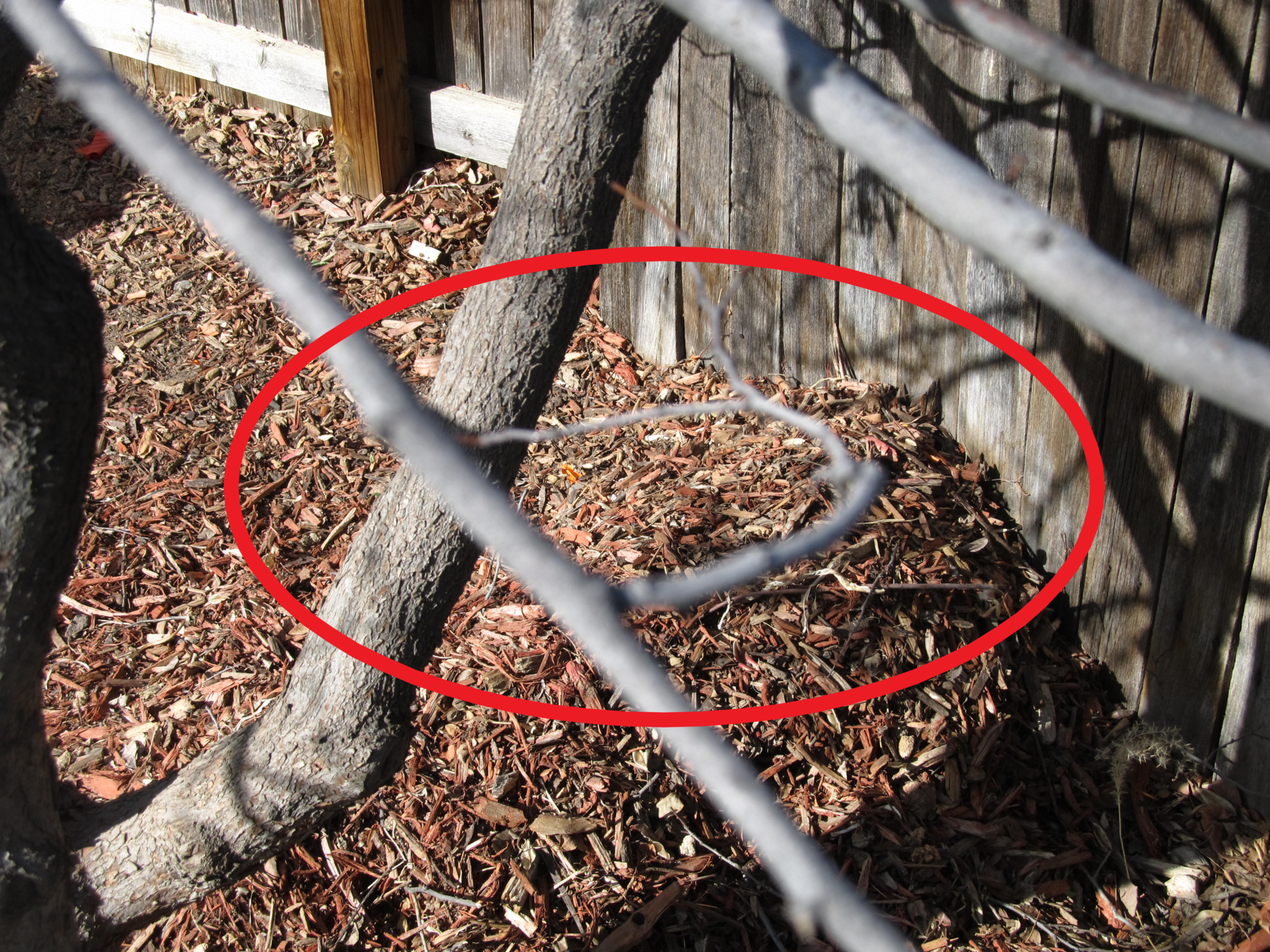
I don’t want to leave the impression that it has all been blood, sweat and swear(ing) in the Vintage garden. I’ve also been making my daily patrol around the garden, enjoying the signs of spring’s ascension.
Below are some purty pictures taken in the last few days.
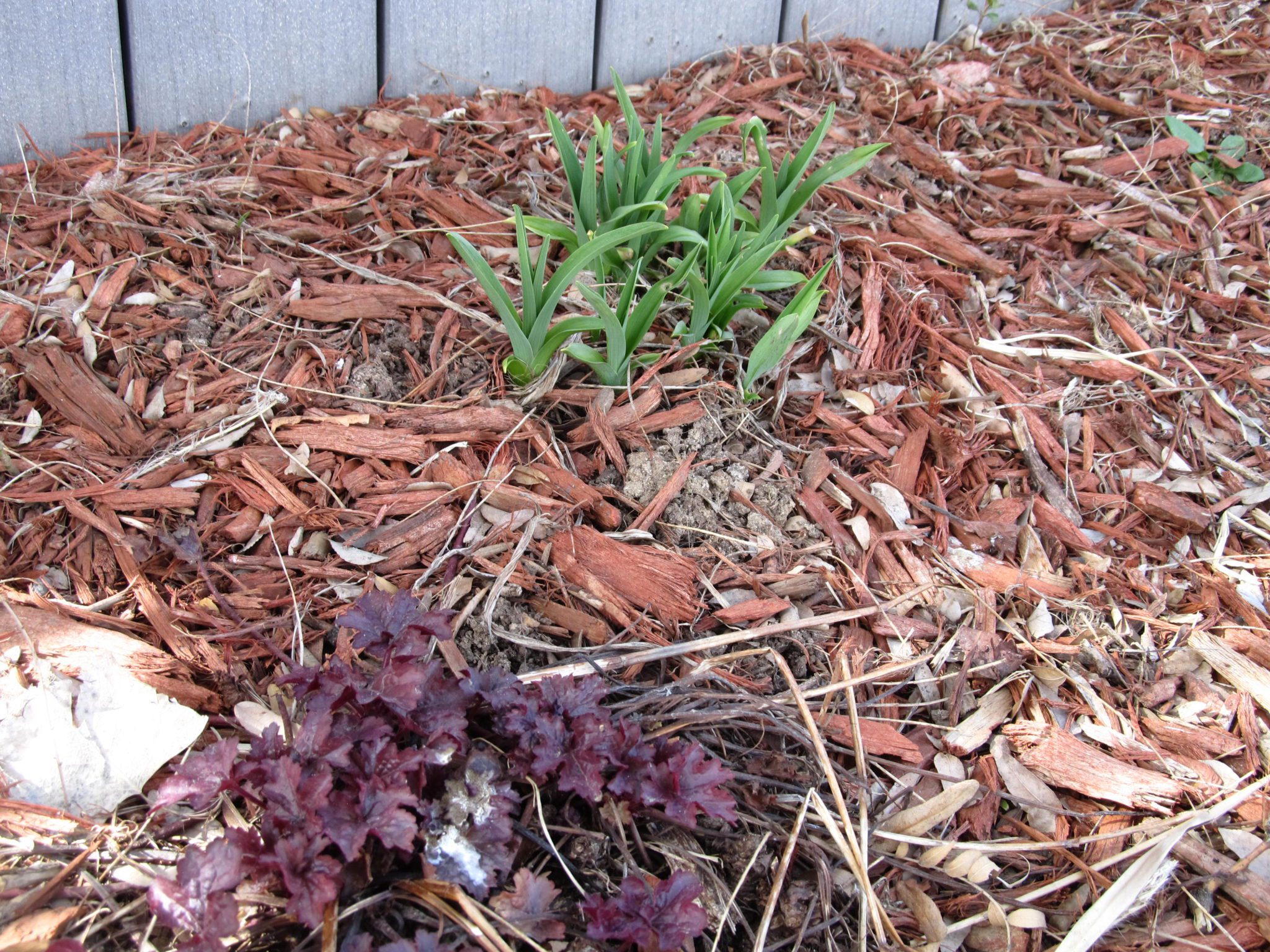
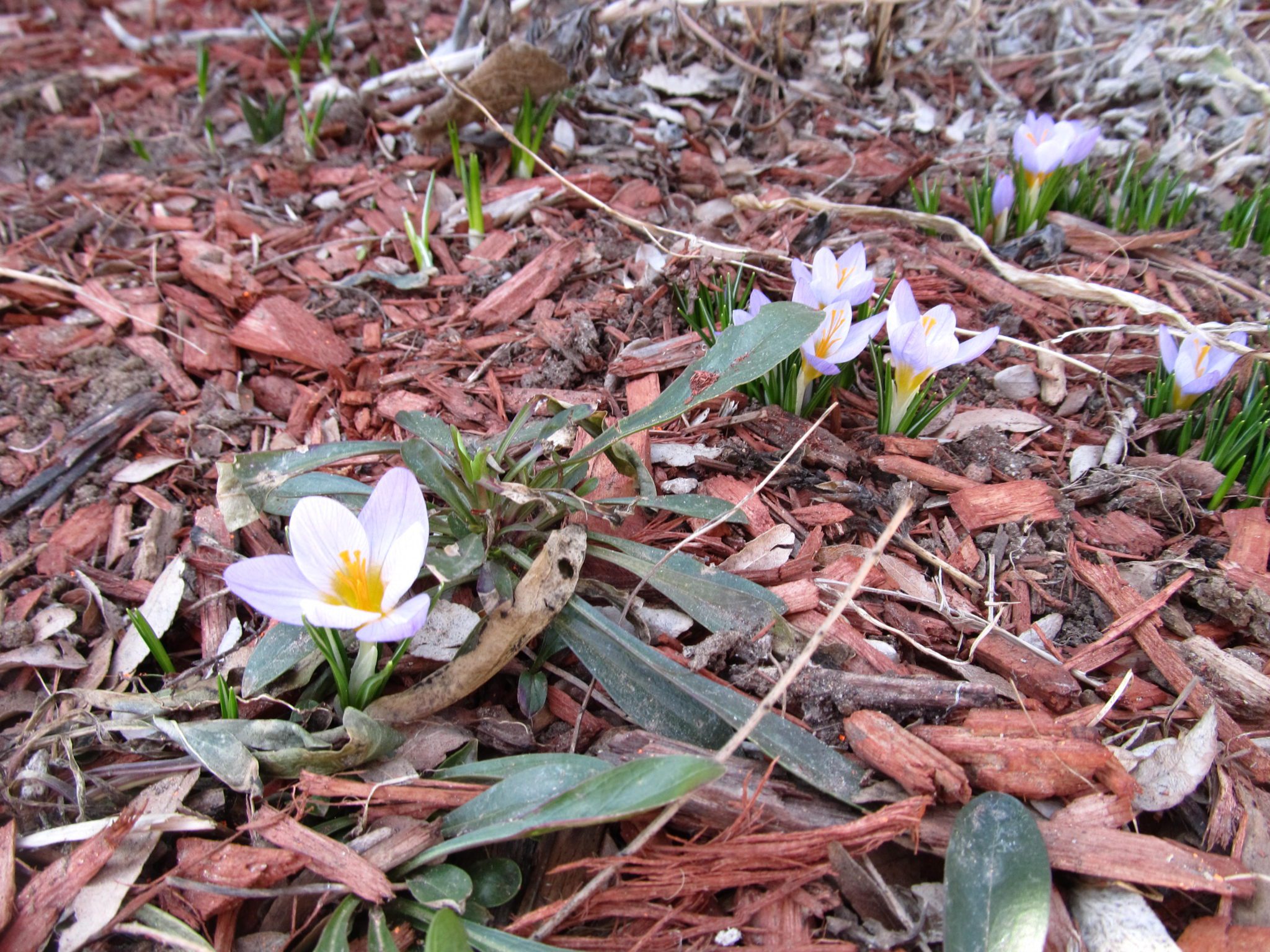
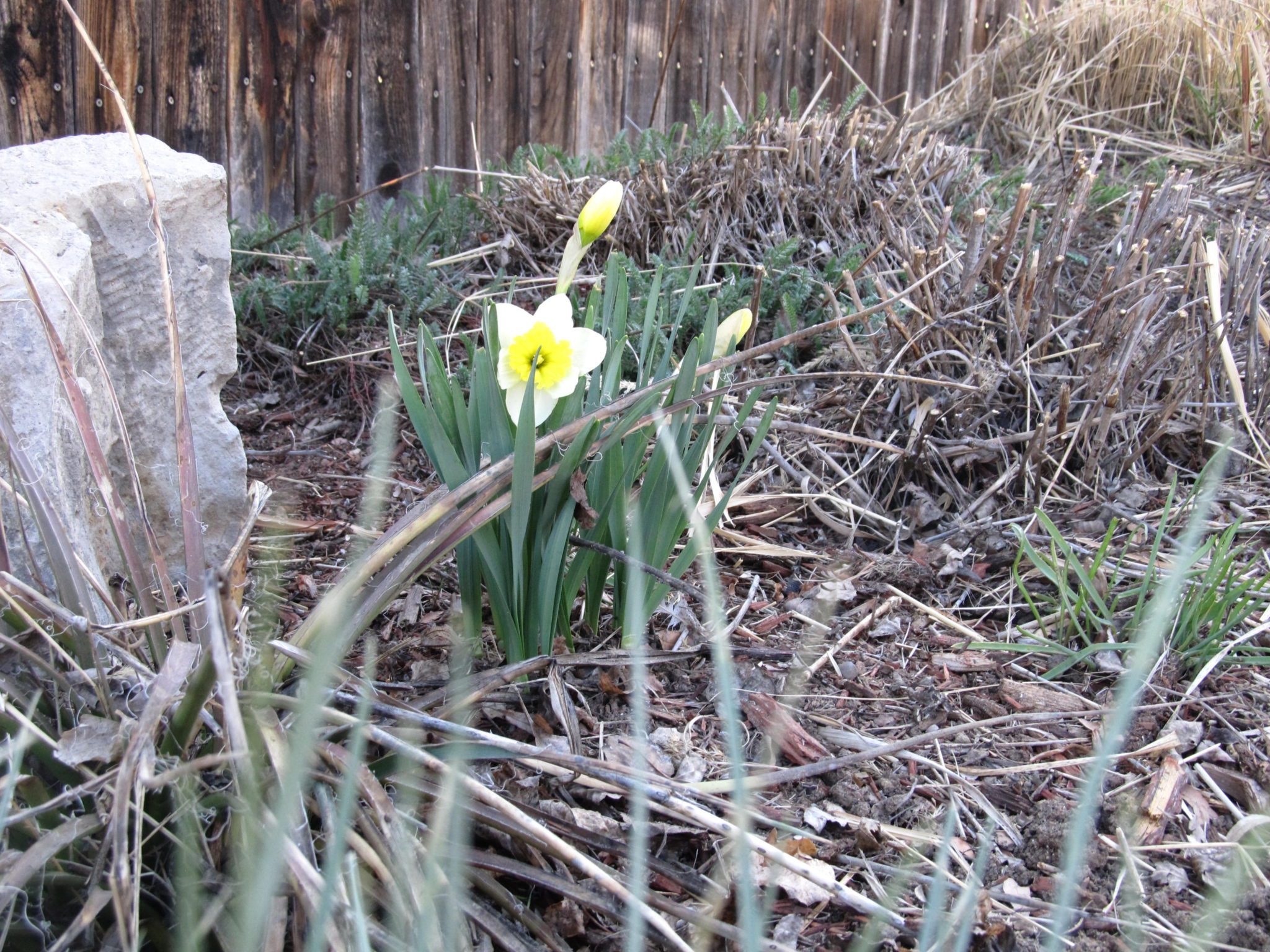
The Vintage garden is a cosmopolitan garden; it’s got Russian sage, Japanese maiden grass and in the picture below we see some Siberian bugloss growing beside some Spanish bluebells.
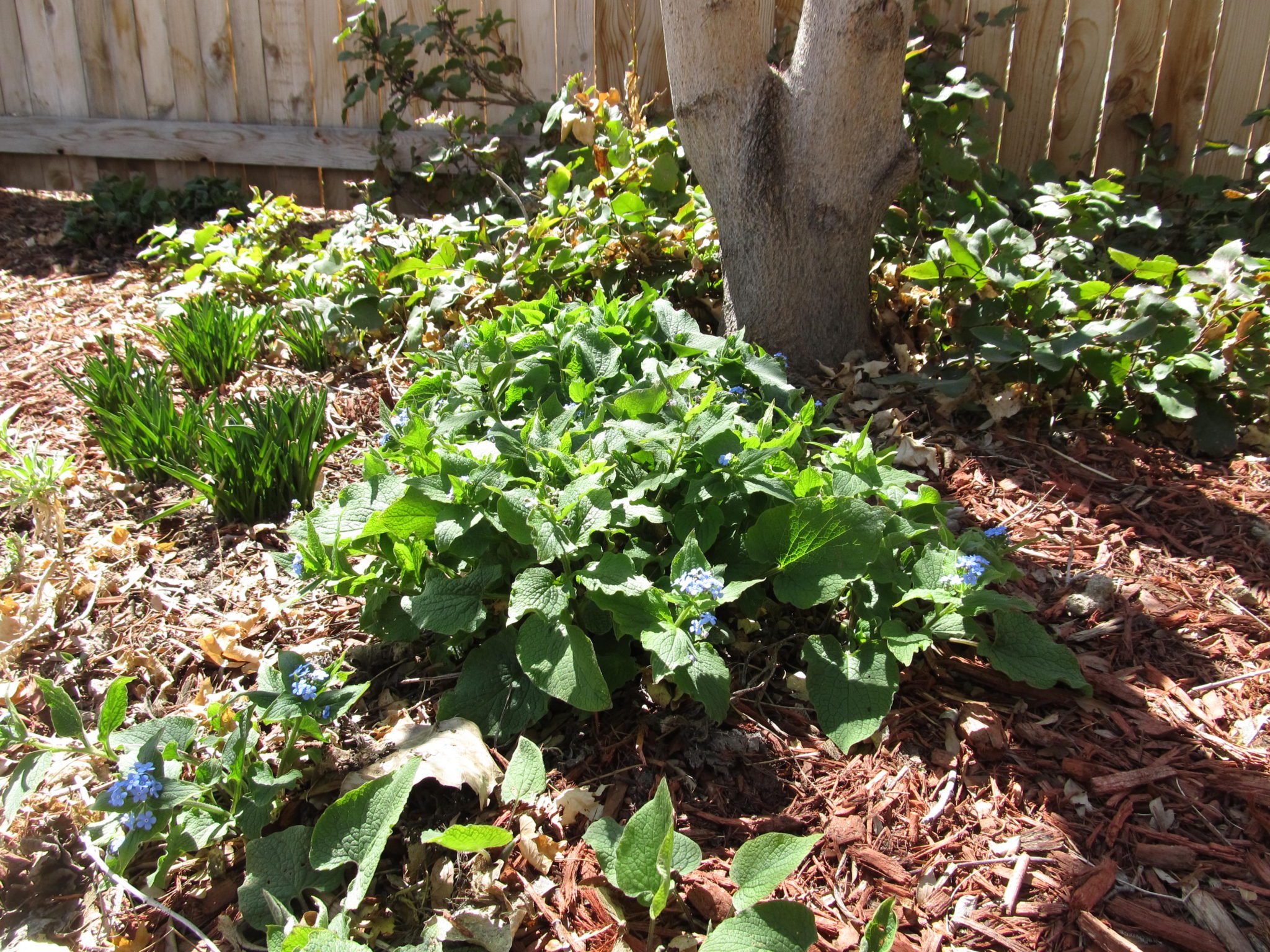
I’ve got to say, these bright sunny days and warmer than usual temperatures have really helped with my outlook during these trying times. Gardening is excellent exercise for the mind, body and spirit. The only fly in the ointment is that the ten-day weather forecast for my area is calling for a return to more normal April weather (read: much cooler) and lots of cloudy days. I guess I have two choices: bitch and sulk, or suck it up and get outside anyway.
Have you been able to enjoy your garden so far this spring? What projects do you have for your garden in the coming months?

